
Data from the 30 month GALE extension study indicated that continuous treatment with pegcetacoplan injection showed increasing beneficial effects over that timeframe in patients with geographic atrophy (GA).

Data from the 30 month GALE extension study indicated that continuous treatment with pegcetacoplan injection showed increasing beneficial effects over that timeframe in patients with geographic atrophy (GA).
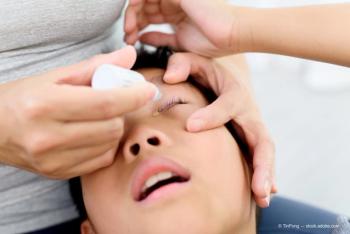
A recent study found that the use of low-dose atropine drops is ineffective in slowing pediatric myopia progression, contradicting a previous study.

A single, consistent modality leads to better geographic atrophy tracking.

A recent study demonstrates the safety and efficacy of treating eyes with cross-linking after keratoconus relapses following keratoplasty.
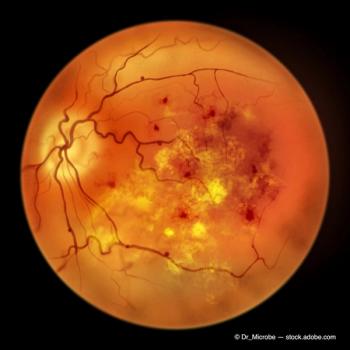
Investigators set out to evaluate how well an AI system works when integrated into a handheld smartphone-based retinal camera to screen patients for DR using 1 retinal image in each eye.
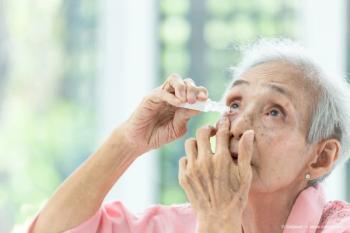
The use of topical insulin eye drops led to a successful resolution of PEDs in 9 of 11 cases in the study.

While these injections are the standard treatment for this patient population, the investigators found a subgroup of patients who had severe visual loss between 2 consecutive intravitreal injections.

Researchers investigated the relationship between visual functioning measured using the National Eye Institute 25-Item Visual Function Questionnaire (VFQ-25) and mortality in patients with various stages of AMD.

These findings demonstrate the exact association between high myopia and changes in the ocular blood flow, which heretofore had not been established.

This 3-pronged approach for nutritional intervention to help maintain dry eye disease is in addition to a recommended dietary intake of daily oily fish.
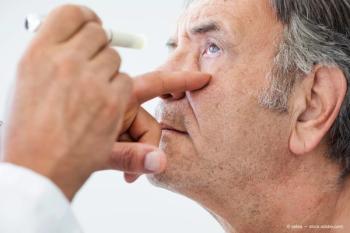
Over the past decade the progress in retinal disease treatments has exploded with increased numbers of approved pharmaceutical compounds, resulting in more options for treating retinal disease with intravitreal agents and more are in the pipeline.

When dry eye treatments are not working for your patient’s symptoms or the anterior segment exam looks normal, you must ask yourself: What if the symptoms are secondary to a neurologic dysfunction in pain perception?

Narcotic analgesics have a role in primary eye care, however physicians must be aware of the responsibilities associated with narcotic use.

Optometrists should be aware of the consequences of digital device use beyond myopia.
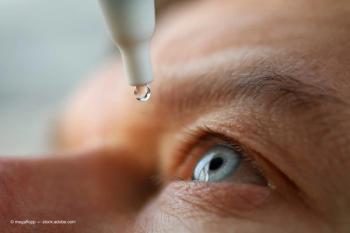
The water-free, preservative-free, anti-inflammatory drop from Novaliq, now coined Vevye, received FDA approval to treat the signs and symptoms of dry eye disease.

The 126th annual American Optometric Association Optometry’s Meeting will convene in Washington, DC from June 21 to June 24, 2023.
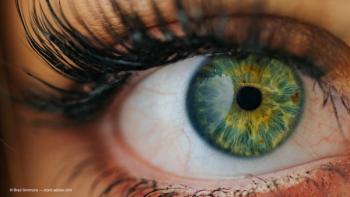
Groundbreaking treatment for patients with bullous keratopathy approved in Japan.
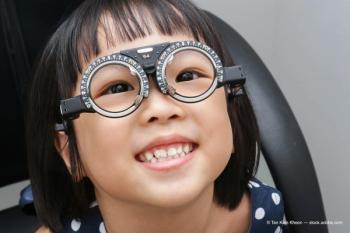
An epidemiologic study of myopia in a Chinese province found that economic status, gender, and age were associated with rates of myopia.

Investigators reported “an increasing trend in the incidence of eye injuries associated with so-called ‘nonpowder’ guns among children.”

Ocular trauma is a leading cause of monocular blindness in the US and is the second most common reason for eye-related hospitalizations
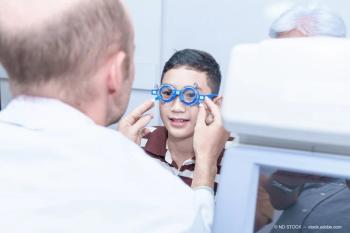
In this recent study, Bharti Nihalani-Gangwani, MD, and Deborah VanderVeen, MD, reported that 29% developed glaucoma in a large infant cohort and the risk factors at the American Society of Cataract and Refractive Surgery annual meeting in San Diego.

Lucie Moore, BSc, in a presentation at the American Society of Cataract and Refractive Surgery annual meeting in San Diego, said the study focused on identifying factors that could put patients at a higher risk for developing dry eye disease.

Umida F. Mavlyanova, PhD, in a presentation at the American Society for Cataract and Refractive Surgery’s annual meeting in San Diego, detailed how patients diagnosed with end-stage chronic renal failure displayed deceased blood flow in the orbital artery, the central artery of the retina and the posterior short ciliary arteries.

Speaking at the American Society for Cataract and Refractive Surgery annual meeting in San Diego, Marcony Santhiago, MD, points out there are subtle differences in patients with keratoconus that was progressing compared with patients whose disease was stable and healthy control subjects.

In a presentation at the American Society for Cataract and Refractive Surgery annual meeting in San Diego, Erisa Yotsukura, MD, PhD, offered details of a study examining an IOL that transmits violet light and a second option that does not, and they believe this can affect differences in the choroidal thickness after cataract surgery.
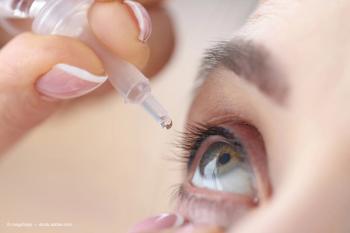
Preeya Gupta, MD, reported results of the trials at the American Society of Cataract and Refractive Surgery annual meeting in San Diego, showed that CSF-1, a low dose pilocarpine with an optimized formulation, demonstrated significant 2-line improvement from baseline.

Jason Bacharach, MD, presented results at the American Society of Cataract and Refractive Surgery annual meeting in San Diego, highlighting that a large phase 3 clinical trial demonstrated no relevant differences between the 2 formulations.

In a presentation at the American Society for Cataract and Refractive Surgery annual meeting in San Diego, Ana Balbuena-Pareja, MSc, explained how cenegermin-bkbj ophthalmic solution 0.002% (Oxervate, Dompé) had a positive effect on corneal nerve regeneration and sensation in patients with neurotrophic keratitis.

Efavirenz boosts cholesterol turnover in retina, brain.

Data on Palatin’s formulation PL9643 indicates clinical efficacy across multiple signs and symptoms of dry eye disease without sacrificing safety and tolerability.